Market Share
Wooden Decking Market Share Analysis
Companies employ market share positioning strategies in the highly competitive Wooden Decking Market with a view of obtaining an edge over their competitors and becoming dominant in the sector. Most firms differentiate their wooden deck products from those of rivals by emphasising unique characteristics, styles or materials used. This method enables companies to command premium prices and create loyalty by offering customers something extra.
Another approach is cost leadership which is about making hardwood decking cheaper than other players through improving operational effectiveness. Consequently, they can offer competitive rates with reasonable profit margins. Cost leadership methods entail use of economies of scale, supply chain efficiencies, technology among others thus streamlining manufacturing activities. Through providing budget solutions businesses can achieve larger market shares and attract price-sensitive consumers.
Companies, in the Wooden Decking Market do customizations of their products to suit different customer groups based on demographics, lifestyle and tastes. To have an idea of customers’ needs, companies may engage in targeted marketing campaigns that are tailored towards specific market segments and product variations. It helps organizations to reach out to more people and cater more effectively for a variety of consumers.
Innovation is the major determinant of Wooden Decking Market share positioning. By researching and developing, better materials, designs and technologies for decking become possible. One way to attract such clients who appreciate wooden decking trends and improvements is by staying innovative. This is a technique that enhances a firm’s industry leadership allowing it to charge premium prices on its cutting-edge products.
Strategic partnerships help Wooden Decking companies compete for market share as well as strengthen their positions. Companies join forces with suppliers, distributors or complementary firms to improve on their supply chains, distribution networks and mutual strengths. Collaboration also improves the ability of rivals to penetrate markets; increase brand exposure; participate competitively.
Sustainability plays a significant role in positioning market share in the Wooden Decking industry. Customers are interested in ecological friendly products because they become aware about it increasingly.Environmentally conscious manufacturing approaches could be used by companies dealing with consumer demands changes related manufacturing processes input sourcing offers and distinguish them from competitors within an ecologically sensitive domain.
The middle class in developing countries follow this trend. Many of them spend a lot on interior design and house upgrades. Besides wooden boards, there is another factor that has promoted the development of wood decking business.

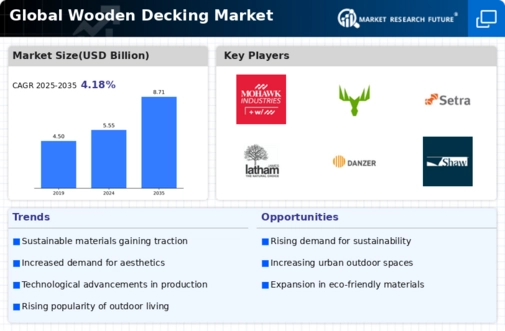
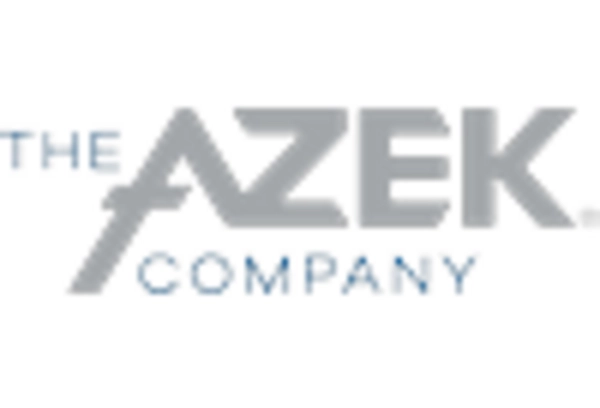
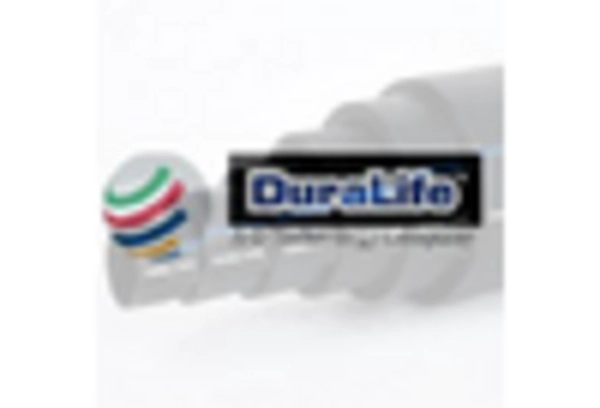
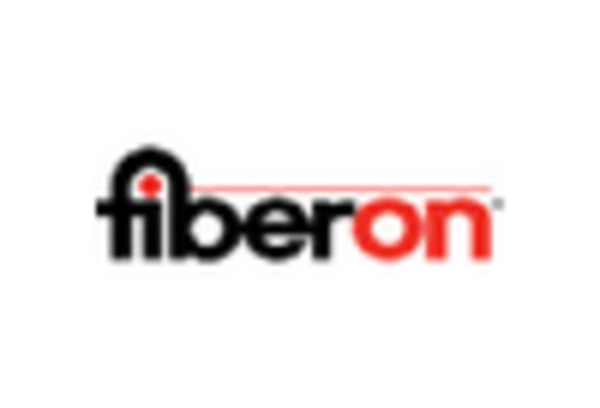

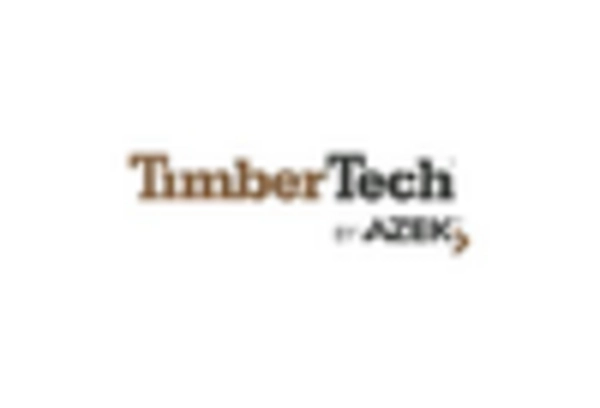
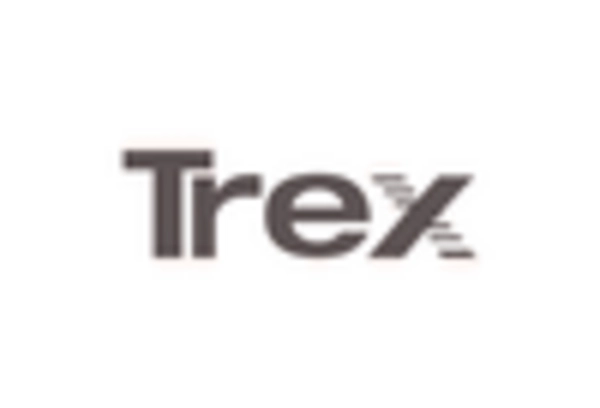









Leave a Comment